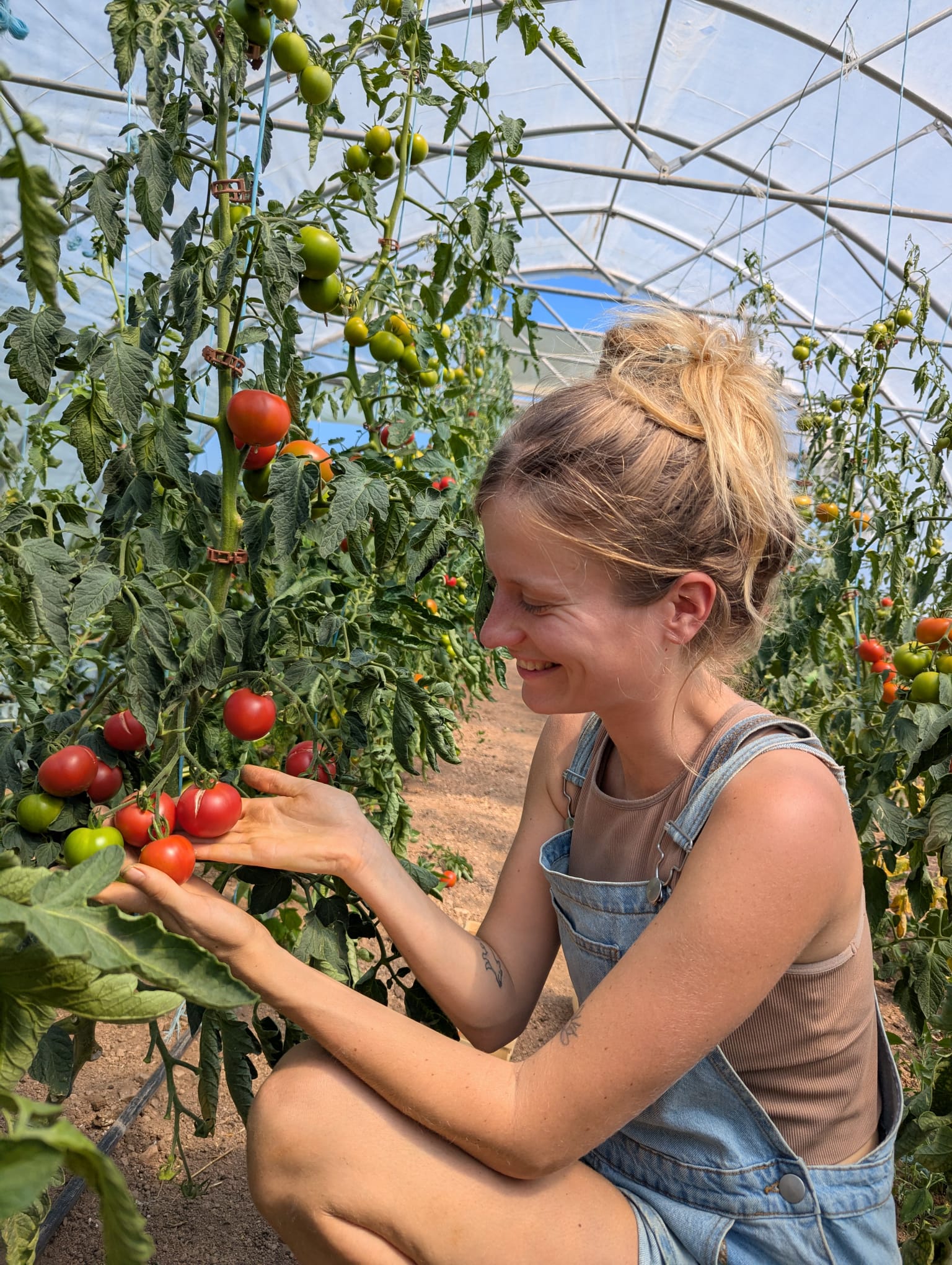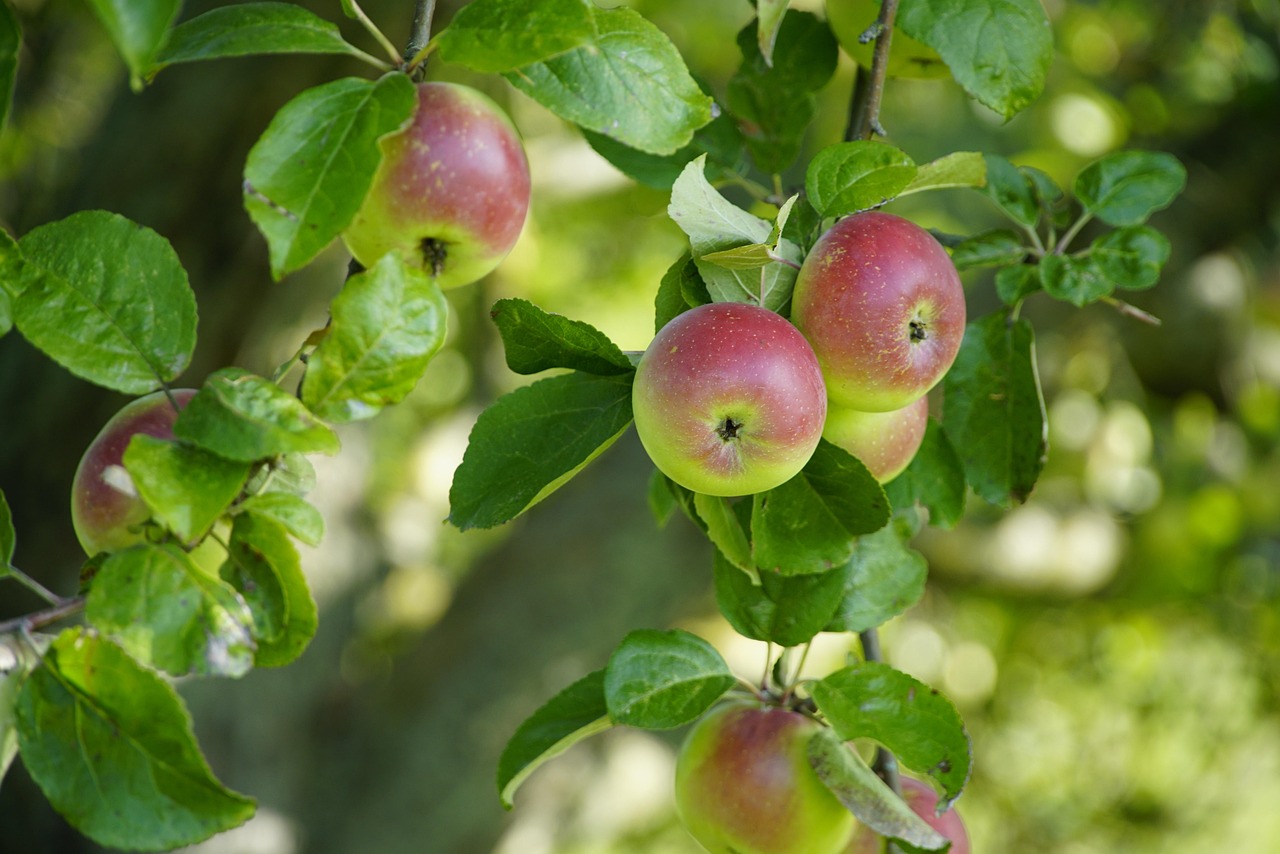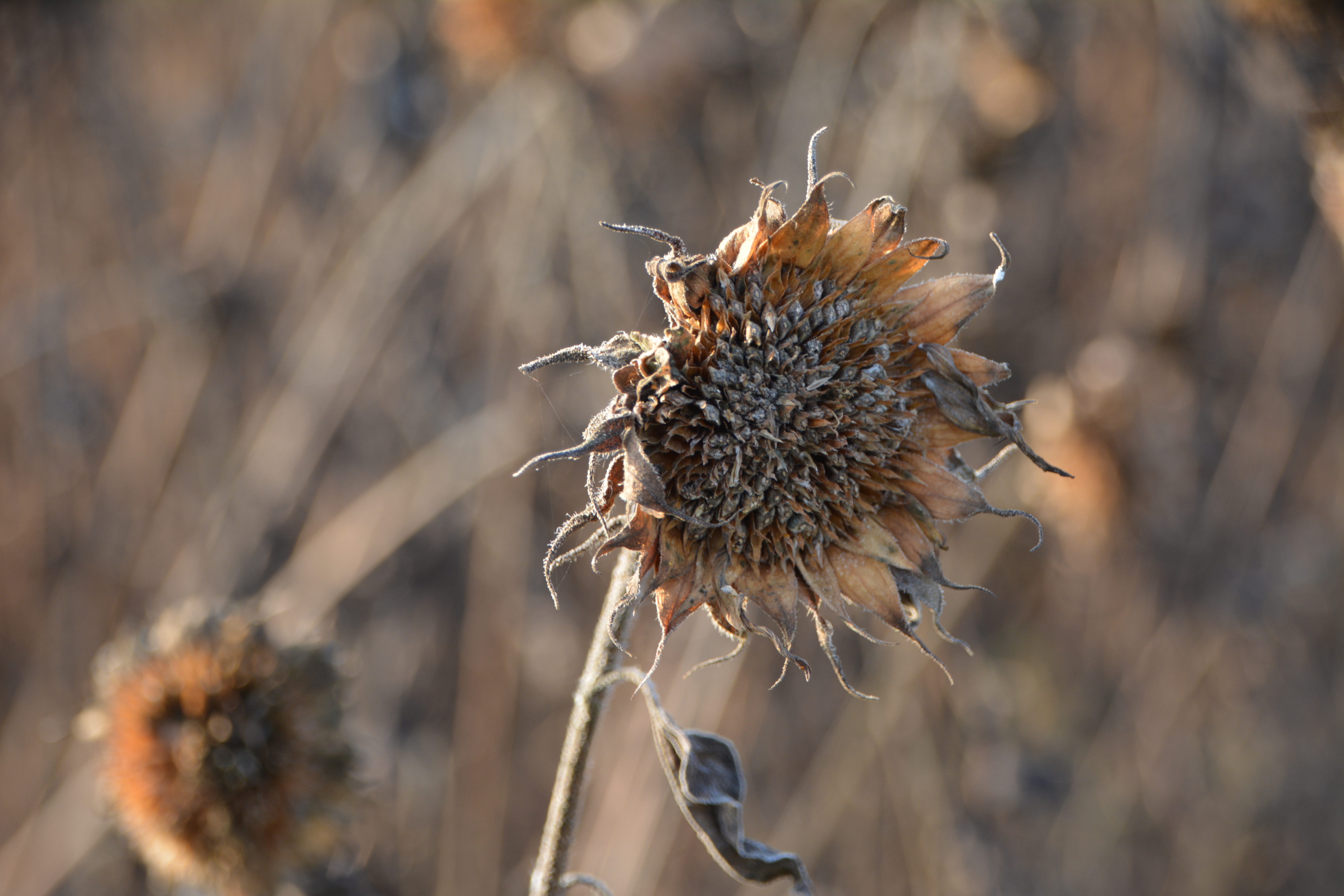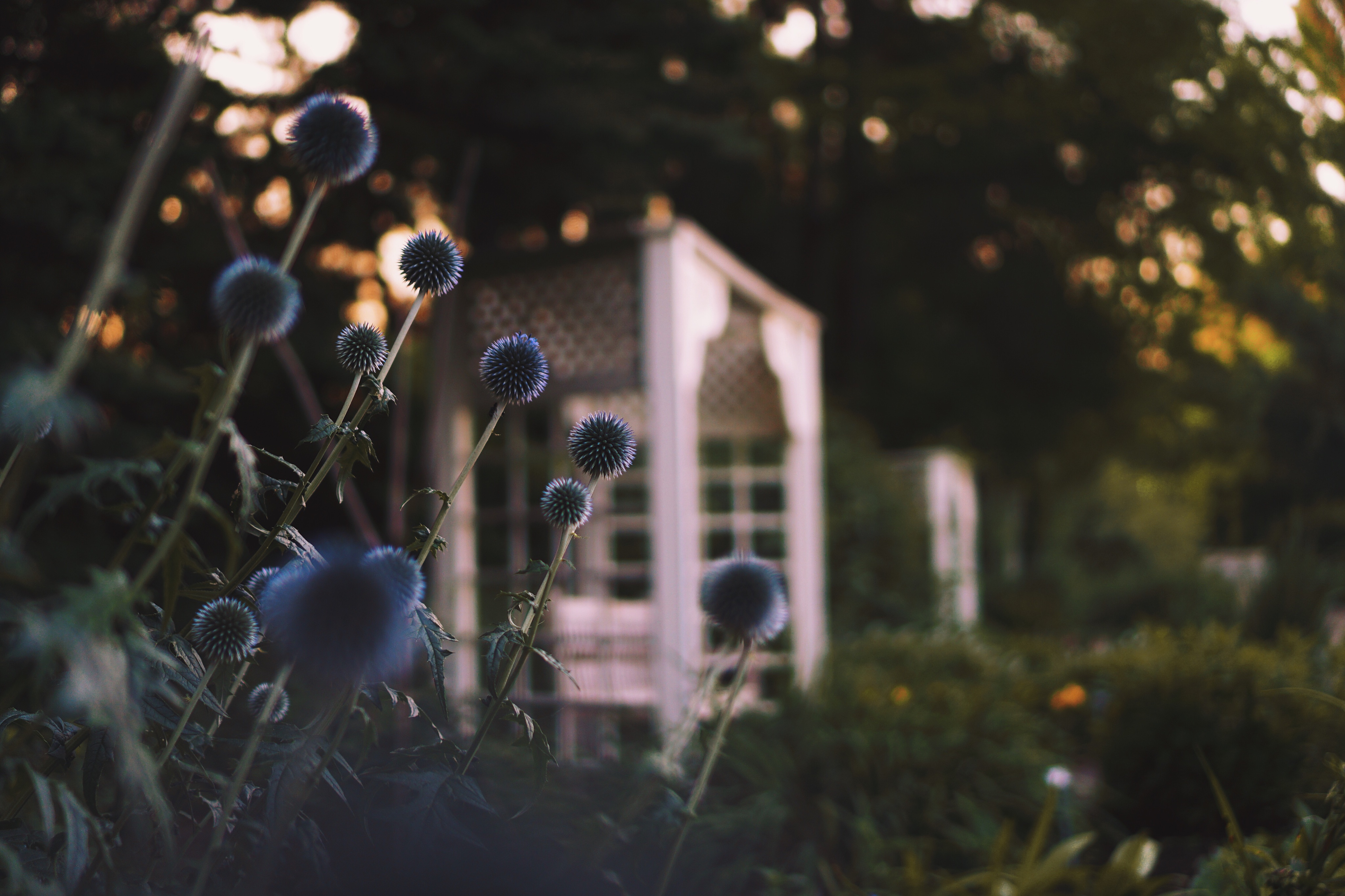Gardening is not just about following a set of guidelines, it’s much more than that. It’s about observing, listening, and building relationships with those we’re working alongside: the plants, the soil, the weather. This post will be a little different than usual. Let me take you with me as I reflect on a quiet but significant shift, my garden’s turning point.
‘‘Nuchter’’
I grew up in a small village in the Netherlands, where we have a particular word to describe our outlook on life: ‘’nuchter’’. It roughly translates to “sober” in English, not in the sense of avoiding alcohol, but as a kind of no-nonsense attitude. We tend to see the world in a straightforward way. Things aren’t that deep. Or at least, we don’t talk about them like they are.
But gardening changed that for me. It cracked open that nuchtere view and let something softer in, more curious, more connected. I would now describe myself as a little bit spiritual or, as we say in Dutch, ‘‘zweverig’’. A word that’s hard to translate, but implies something like floating, dreaming, moving through the world with wonder.
Gardening opens your eyes to the life unfolding all around you. In my case, it opened my heart, too. To believe in something more than what’s just on the surface.
One of the things I’ve become more aware of is how a season turns. Not in big, dramatic gestures, but through a series of quiet, steady signals. August is that moment. The garden doesn’t shout about it, but if you pay attention, it tells you everything you need to know.
1. The moment between fullness and fade
The air feels warm and heavy in the mountains. It’s filled with the humming of bees, the buzz of flies, and the occasional rustle of dry leaves. The sun hangs lower now, but still burns hot. The soil is warm beneath my hands. Everything feels ripe, slightly overripe even. Many of my tomatoes split overnight, and the plants feel a little exhausted. My flowers are rich but dimming, like the fabric of my favourite sleeping shirt washed too many times.
It’s in these days, when the heat has settled into the soil and the light has softened ever so slightly, that I notice the change. Not dramatic, but definite. A turning point.
Gardener’s Tip:
This is a great time to slow down your watering routine, but watch for signs of heat stress. Water early in the morning or late in the evening, and deeply rather than often. Shade sensitive crops with row cover or companion plants if needed.

2. Signs of change
The first to go are the lettuces, their leaves stretching upwards in a final, bitter sprint to seed. The basil bolts in the same week, and seed heads form where bright petals once stood.
The fragrance of the garden deepens, less green now, more dry and mineral. If that makes sense. The first apples have fallen and their skins are turning into warm shades of red, gold and green. Pears, too, are firm but fragrant, promising sweetness soon. It’s no longer about growth, it’s about ripening.
Gardener’s Tip:
This is the ideal time to assess your garden: what thrived, what struggled. Take notes or photos. Harvest anything nearing its peak before it passes. Watch for self-seeding plants and decide if you want to let them spread.

3. The art of letting go
Seed-saving has become a quiet ritual for me. If you’re someone who enjoys ASMR videos, you’ll probably love this process too. There’s something almost sacred in plucking dried pods from spent pea plants, in gently cracking open calendula heads, and tucking their seeds into envelopes. I label each one, not just with the name and date, but often with a little note: ‘grew well near the tomatoes’ or ‘best bloom after early rain.’ Something personal.
And then comes the clearing. The compost pile grows quickly now.
Gardener’s Tip:
Start saving seeds from open-pollinated (non-hybrid) plants like beans, calendula, dill, or poppies. Let them dry fully before storing in paper envelopes. Compost what’s no longer producing, and refresh tired beds with compost or mulch.
Check-out our seed saving 101 guide!
4. Quiet Survivors and Lingering Life
Not everything fades. Some plants thrive in this in-between time. The thyme, the oregano, the sage, they’re just there: steady, fragrant and resilient. The sunflowers are wild and ragged now, their heads bent heavy with seed, but still they stand. The squash vines sprawl with full determination, claiming space wherever they can find it.
Gardener’s Tip:
Keep harvesting herbs and tomatoes regularly to encourage further growth. Let sunflowers and some annuals dry out fully, they’ll feed the birds or provide seed. Cut back overgrown herbs lightly to prevent woodiness.

5. Looking Ahead
Even as things wind down, there’s work to be done. I’ve started tucking in greens for fall like arugula, chard and kale. The garlic bed is ready, waiting for cloves that won’t show themselves until next spring. I scatter cover crops (phacelia, clover) to feed the soil through the cold.
Gardener’s Tip:
- Sow cool-season crops now: check out this guide for more depth on cool-season crops.
- Use covercrops like buckwheat or clover to suppress weeds and feed the soil.
- If you’re not planting, mulch your beds to retain moisture and prevent erosion!
6. A moment to be still
I know that in the depths of winter, I’ll be craving these summer nights. So, I try to be here for them now.
Sometimes I think this is the whole lesson: to notice. To not rush to fix things, or finish all the other stuff, just to be with it. I know there’s always a long list of things to do, but the garden also invites you to pause. You don’t have to be productive every second.
Take in the golden light at the end of the day. Listen to the humming. Breathe in the scent of sun-warmed soil and fading blooms. Enjoy this moment before the fall. Before the turning.
Gardener’s Tip:
Build in time to observe, journal, or sketch your garden. These quiet moments often offer the most insight, not just into your garden, but into your relationship with it.
Thank you for staying with me and reading all the way to the end.
Wishing you happy gardening,
and many small wonders along the way.
